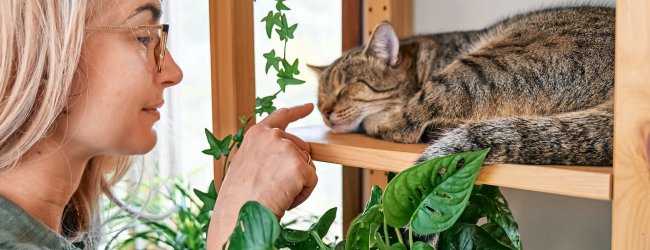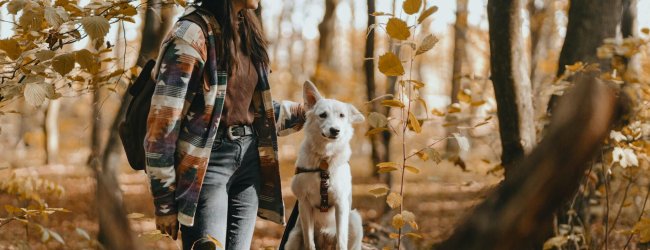What Is Toxic To Dogs? Watch Out For These Common Items
You want to keep your dog safe. But chances are, there could be substances that are toxic to dogs within your buddy's reach. Learn how to protect your dog from the most common canine poisons in this post.
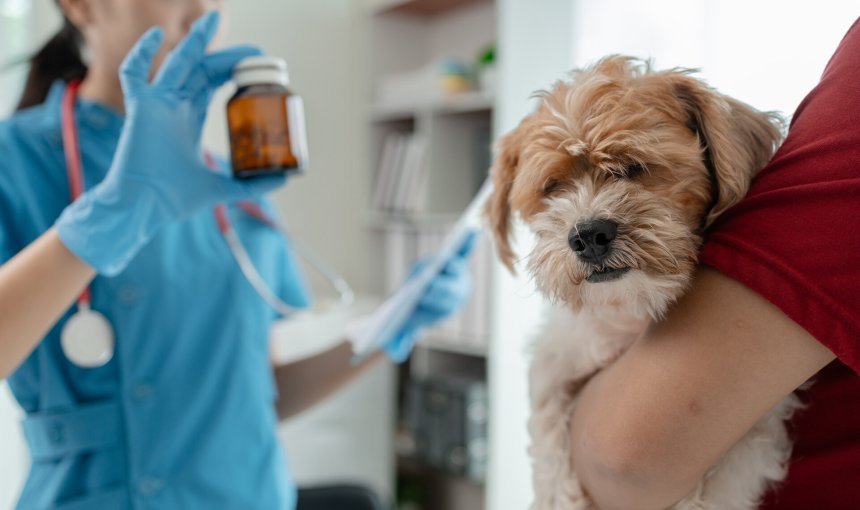
In the US alone, every year has around 401,500 cases of pet poisoning, according to the WebMD Pet Health Center.1 Besides the usual suspects like chocolate, a whole bunch of common household items – including weed killer, antifreeze, and even your indoor plants – can end up on the list of what is toxic to dogs.
So in this post, we’re going to cover some of the household items – besides food – that can be harmful to your buddy. Plus, what you can do to poison-proof your home and also keep your dog safe from poisoning when they’re venturing outdoors. Let’s get started.
What is toxic to dogs? Food, medications & more
Dogs can easily get poisoned by different things commonly found around the house and garden.
- Some of the most dangerous dog poisons are foods and medications that we ourselves use on a daily basis.
- Besides, pesticides and garden plants can be toxic and extremely dangerous for dogs.
According to the Pet Poison Helpline, here are some of the most common household items that led to an increase in pet poisoning between 2020-20212:
- Yeast
- Brewed coffee
- Bread dough
- Art supplies
- Marijuana
- Paint
- Cleaning supplies
- Cocktails
- Vitamin D3
- Wine
Now some of these might seem weird – where is your dog likely to get their hands on art supplies or whip up a cocktail?
But the unfortunate truth is, you’re 100% responsible for ensuring your buddy doesn’t come in contact with these items or substances. (Else, you’e both likely to end up in the emergency vet ward – and a hefty vet bill for you to pay, at best.)
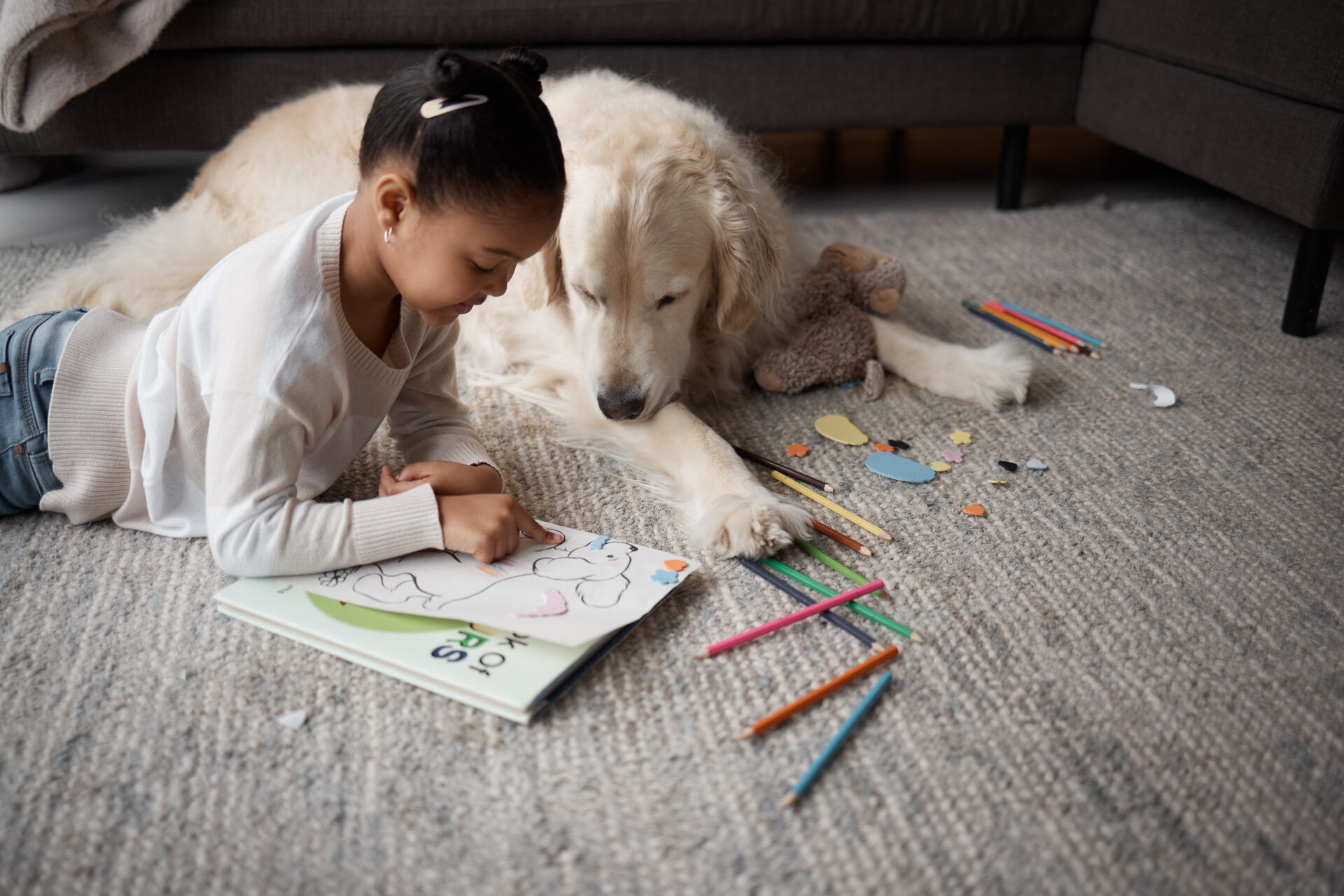
⚠️ Most importantly, it’s not your indoors you need to watch out for – but also your outdoors.
You never know what your dog might end up getting a bite, lick, or taste of when you’re both out on walks, or they’re enjoying a bit of off-leash time, or if they’re a free-range outdoor dog that’s used to being left to their own devices. (Or in the habit of begging for food at picnics, camps, and outdoors.)
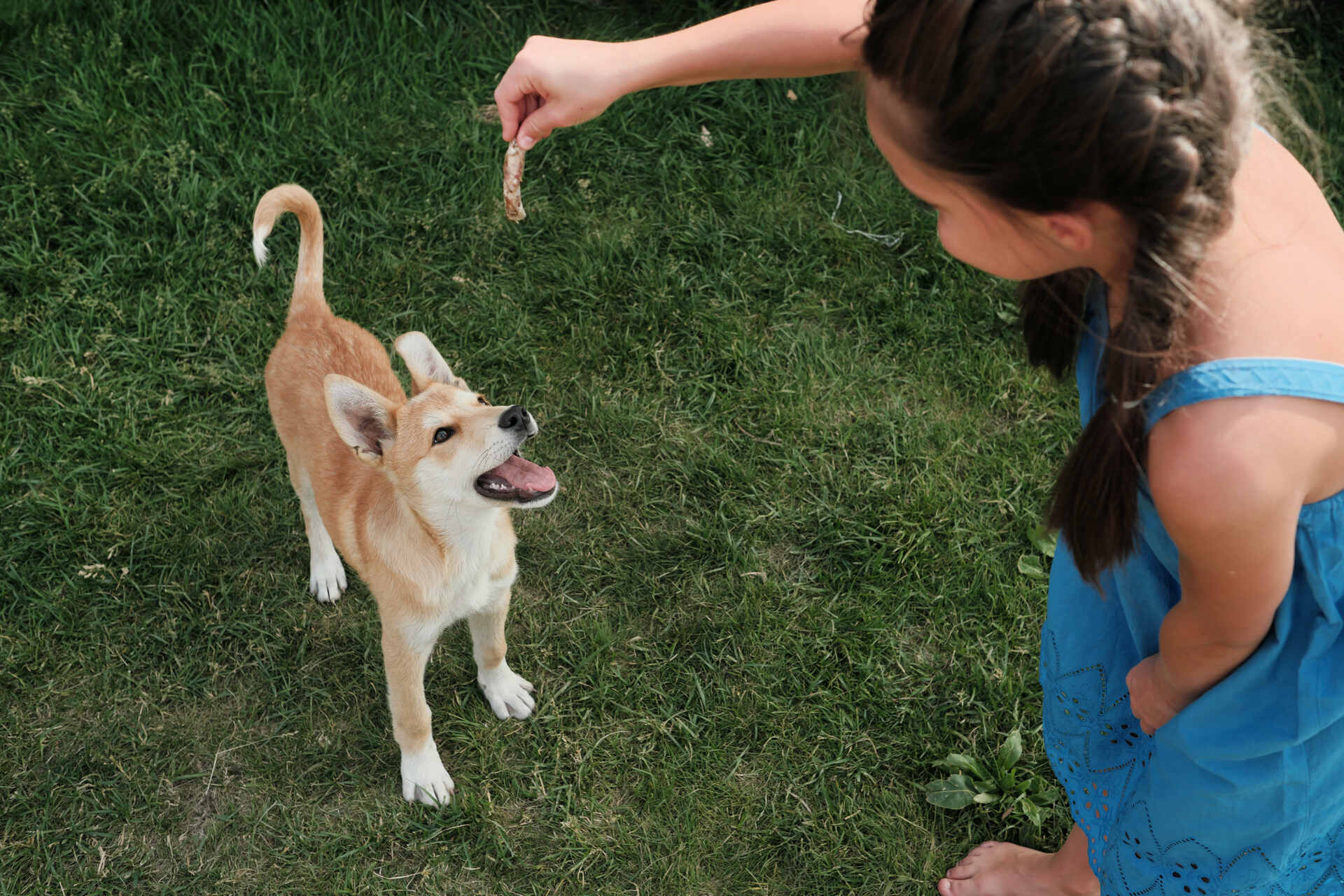
💡Makes tracking your dog’s location and figuring out where they like to hang out most a smart idea, if you ask us.
(Preferably in real-time and over an unlimited range – like if you follow what dog parents around the world are doing and strap a GPS tracker to your buddy’s collar.)
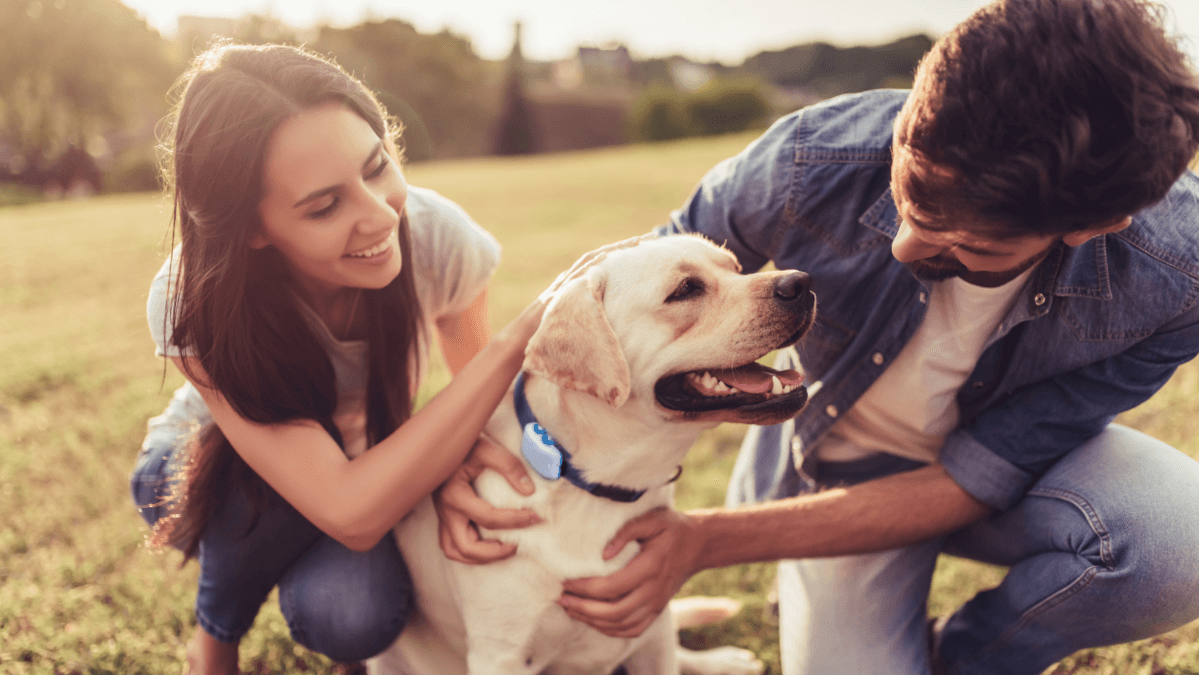
Which can be a lifesaver, if your dog’s favorite hangout spots include:
- Your neighbor’s pesticide-riddled backyards,
- The local garbage disposal,
- The nearby hotdog stand,
- The local dog park, where someone might feed them something potentially toxic
…or anywhere they’re likely to eat or come in contact with something that’ll land you both in the emergency vet ward.
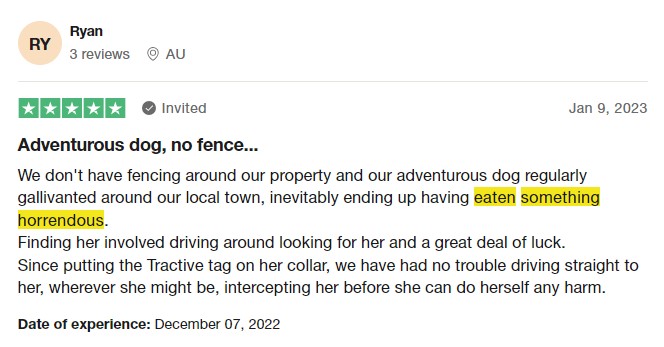
So, curious what all count as substances toxic to dogs – and how to poison-proof your home? Here are a couple of common household items to watch out for.
“Human” foods
It may be different saying no to those big puppy eyes begging for food, but by doing it you could actually save your dog’s life. Some foods, like chocolate and onions, as well as beverages that are perfectly safe for people can be dangerous, and sometimes fatal, for dogs.
Here’s a list of what is toxic to dogs – right from your kitchen:
- Chocolate. Though not harmful to people, chocolate contains Theobromines that can cause vomiting in small doses, and death if ingested in larger quantities. Always keep all chocolate out of the reach of your dog, including chocolate decorations for Easter, Christmas or other holidays.
- Alcohol. Symptoms of alcohol poisoning in animals are similar to those in people, including vomiting, breathing problems and, in severe cases, death.
- Avocado. You might think of them as healthy, but avocados have a substance called persin that can act as a dog poison, causing vomiting and diarrhea.
- Grapes and raisins. Grapes, raisins, currants and sultanas are all toxic to dogs and it is believed the dried forms of these fruits are more toxic. As well as causing stomach problems, these fruits can cause kidney failure. Even just a small amount may cause problems in some dogs.
- Xylitol. This sweetener is found in many products, including sugar-free gum and candy. Xylitol can cause a dog’s blood sugar level to quickly drop to dangerous levels and larger amounts can also cause liver failure.
Read more:
- What Can Dogs Not Eat? 15 Foods Poisonous To Dogs
- Dog Begging For Food? Here’s How To Stop It For Good
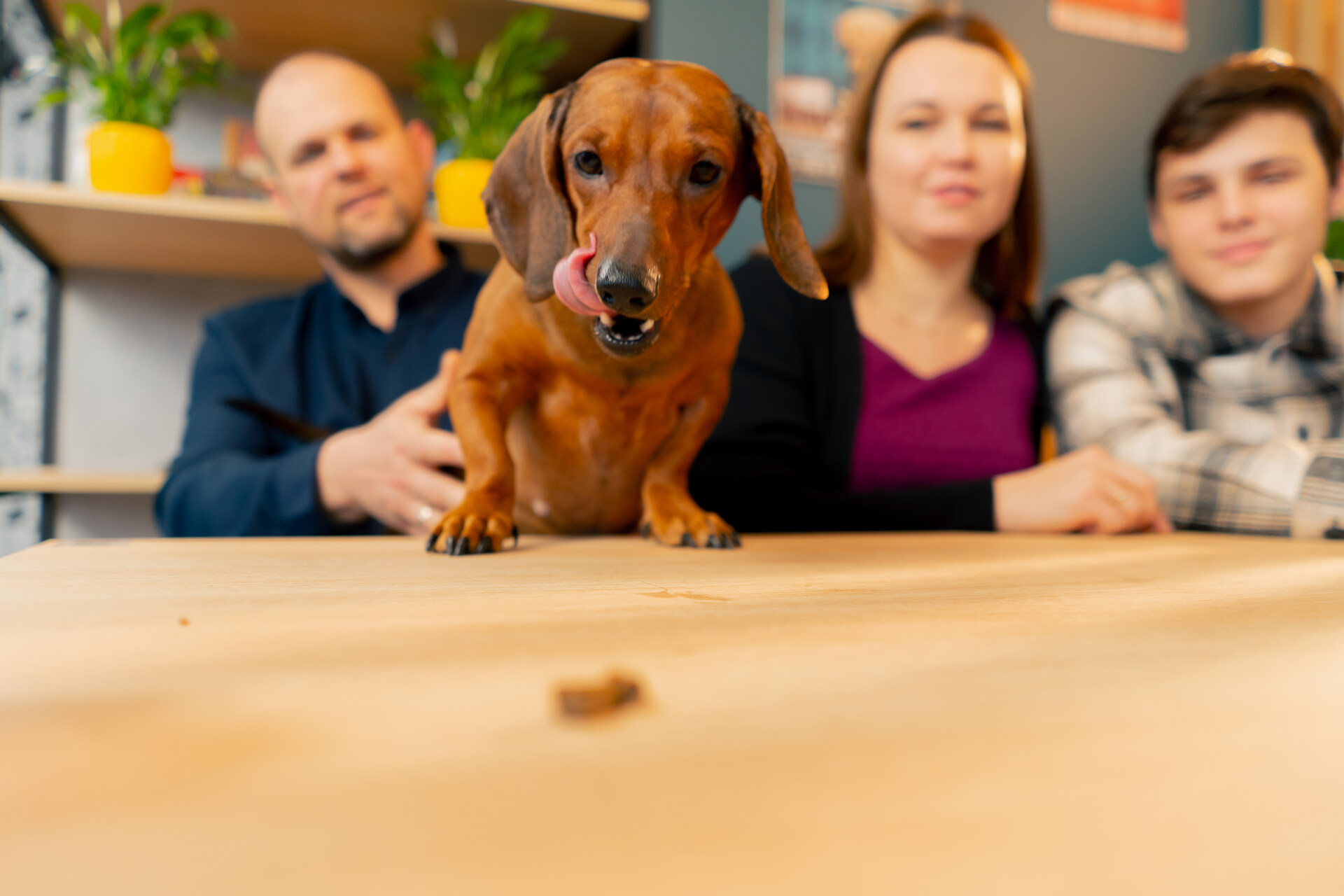
How to keep your dog safe from eating too much – or just something they shouldn’t
Dogs can be exposed to poisonous substances in a number of different ways, such as through skin contact, substances in the eye, or inhalation. However, the most common way for them to be poisoned is to eat, or chew, a poison.
So make sure to:
- Never let your dog into your kitchen area unsupervised. Even a morsel that’s fallen off the counter to the floor might end up in their mouths.
- Keep your dog distracted while you’re cooking or otherwise handling food. Get one of your kids or housemates to play with them while you’re busy. (Or go for a YouTube video made for dogs to keep your buddy occupied.)
- Set some firm boundaries with friends, family, neighbors, and other guests. Meaning, no feeding your dog outside of regular mealtimes – no matter how much they beg. You want to avoid someone feeding your buddy too much (resulting in them gaining weight over time) or something toxic, entirely by accident.
- Follow regular mealtimes to ensure your buddy is well-fed enough and doesn’t feel tempted to snarf down every morsel they can get their paws on otherwise.
- Keep your dog’s feeding areas separate from the “human” foods area.
- Be extra careful when you’re both out on walks together. Take your eyes off them for a second and your buddy might’ve gobbled up something they shouldn’t have from the sidewalk.
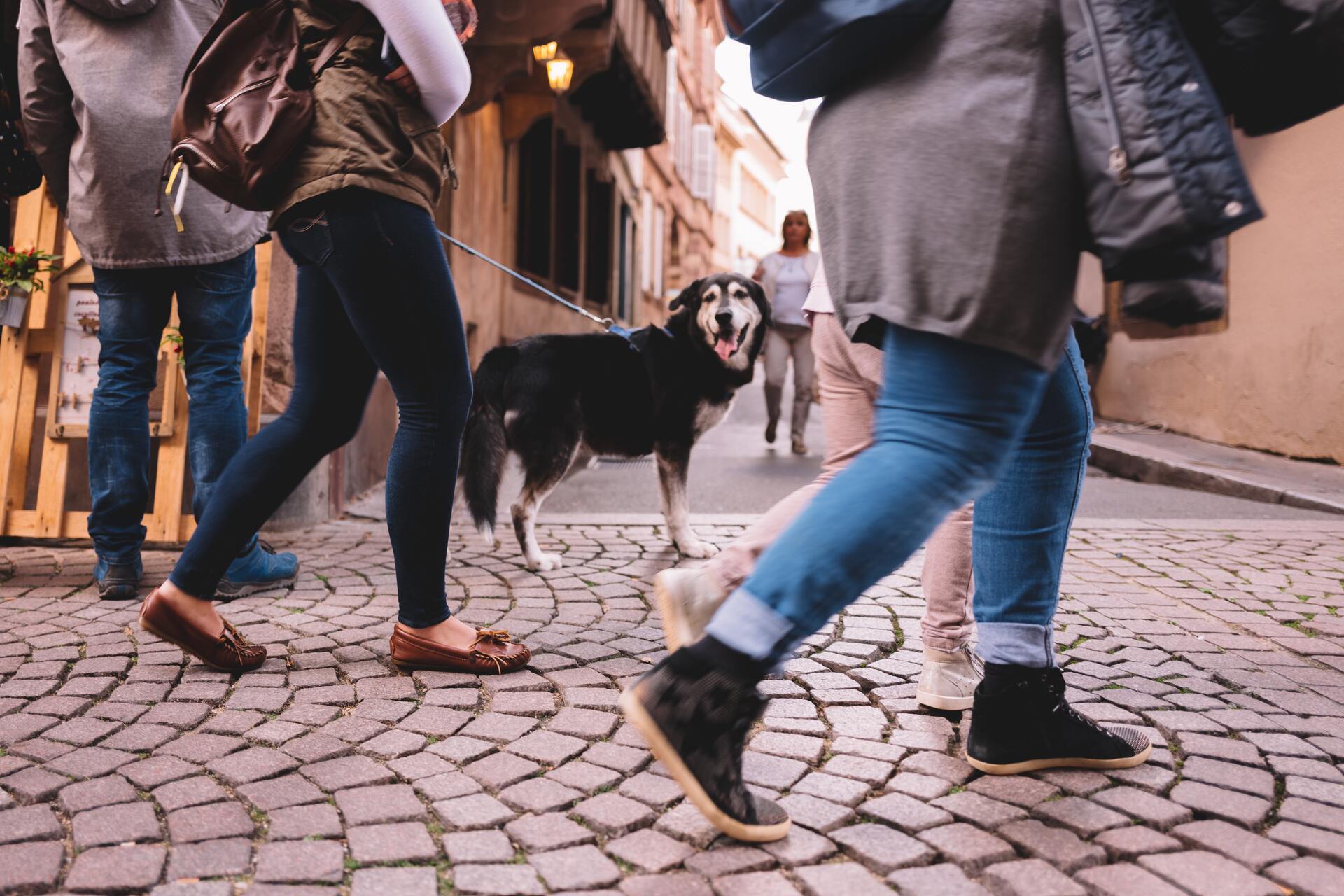
💡And if you’ve invested in a Tractive device, you’re in luck.
From your Tractive mobile app, you can even mark specific areas around town as “danger zones.” Especially if you notice they have:
- Poison bait for woodland animals (like rat poison)
- Toxic plants, including mushrooms
- Sharp objects, which could harm your dog if they bite or lick them
Even better, your danger report gets broadcast to fellow pet parents nearby. Helping you both do your part as a responsible dog parent – and keep your buddy safe.
Medications
Everything in your bathroom cabinet could likely come in handy for you in a pinch – and send your dog to the emergency vet ward, all in one. Over the counter and prescription meds are among the most common toxic items pets can end up getting their paws on. Meaning, nearly any kind of medication or supplements can count as toxic to dogs. (Including common medications like aspirin, paracetamol, and ibuprofen.)
Other drugs that should not be near your dog as they can be dangerous, even in small doses, include:
- Antidepressants, which can cause extreme vomiting.
- ADHD medications, which can cause changes in heart rate, blood pressure and body temperature.
- Anti-diabetics, which can cause a major drop in blood sugar levels causing disorientation, lack of coordination and seizures.
- Anti-inflammatory medication, like Advil, Aleve, and Motrin
- Cold medicines, which can act as a stimulant causing elevated heart rates, blood pressure, body temperature and seizures.
- Common painkillers, like Tylenol
- Heart medications
- Vitamin D derivatives, which can cause kidney failure.
- Muscle relaxants, which can impair the central nervous system and lead to death.
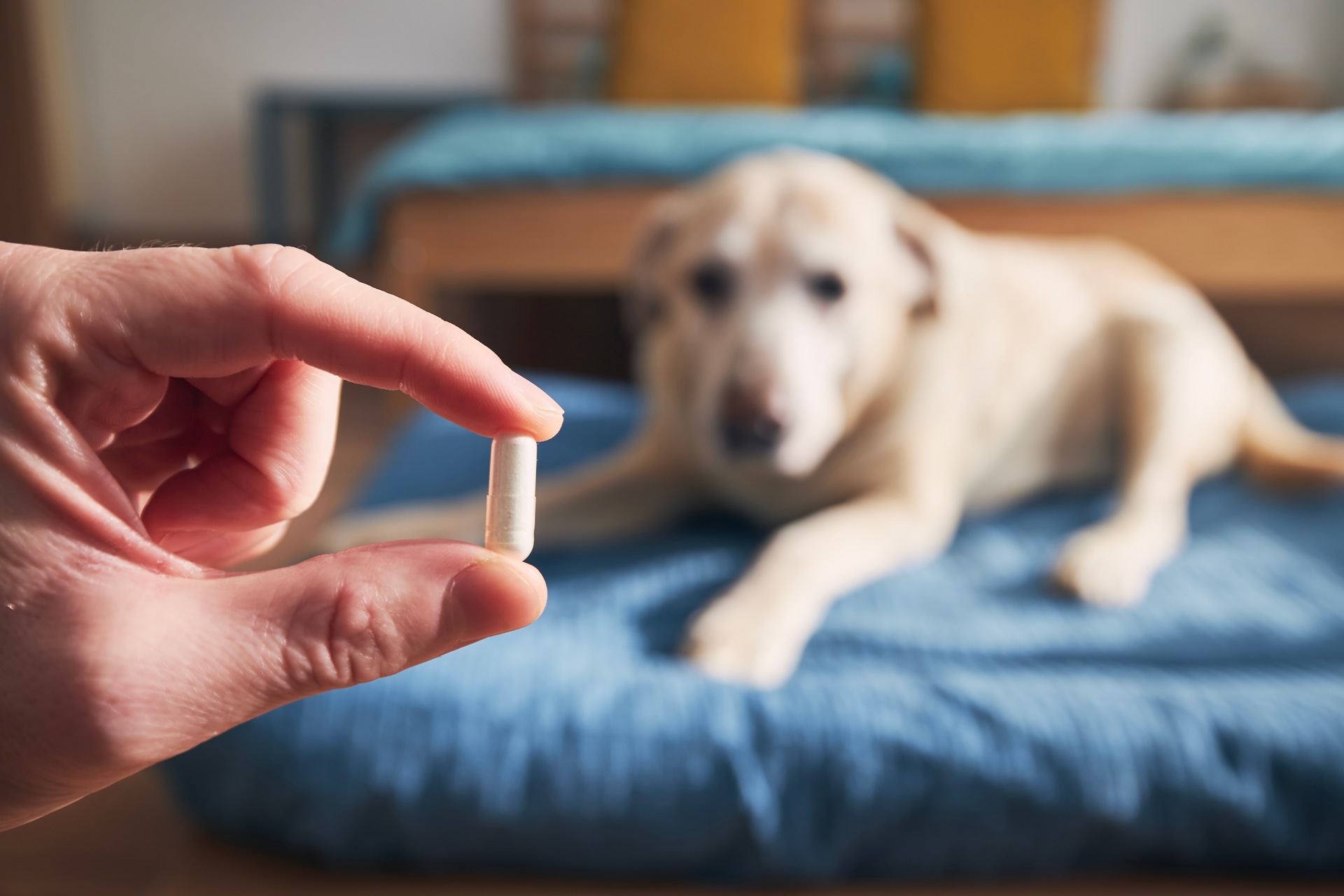
⚠️ Make sure you keep anything even resembling a tablet out of reach of your dog. (Including medication prescribed for them!) Keep them in locked cabinets or high cupboards where they can’t reach or access easily.
Both indoor & outdoor plants
You might not think of plants when it comes to considering what is toxic to dogs – but turns out, a whole bunch of both indoor and outdoor plants commonly found in gardens could make your dog ill.
Some of these are highly poisonous, while others may only cause a bit stomach problems. (But why take the risk and find out the hard way?)
Here are a couple of the most poisonous plants to dogs – so you can get to setting up a dog-friendly backyard in no time:
- Azaleas and rhododendrons. These pretty flowering plants may cause vomiting, diarrhea, coma and, worst case scenario, death.
- Tulips and daffodils. The bulbs of these plants may cause serious stomach problems and and increased heart rate. In more serious cases, changes in heart rate, body temperature and blood pressure can occur.
- Sago palms. Eating just a few seeds may be enough to cause vomiting, seizures, and liver failure.
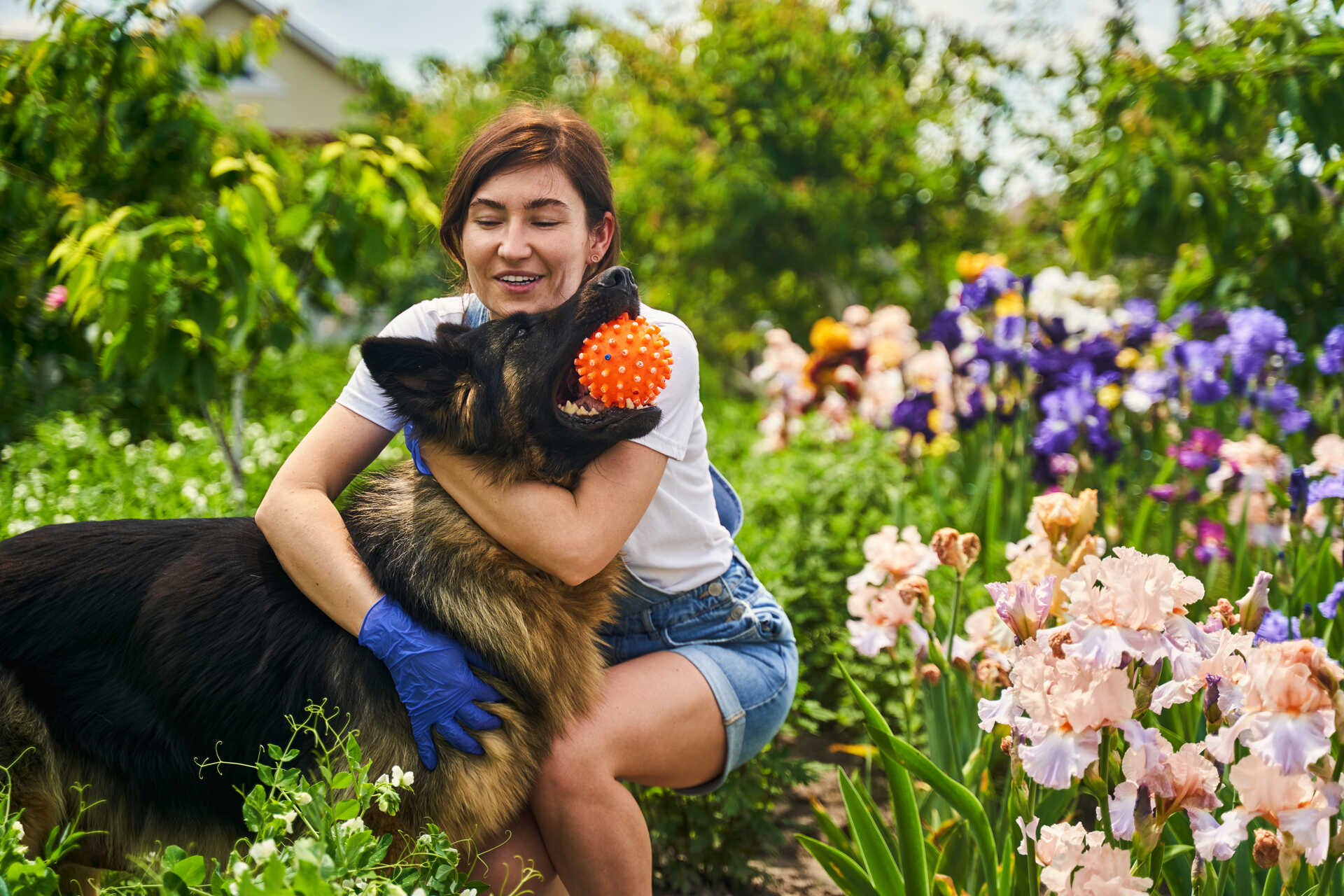
⚠️ It’s not just your backyard – any plants you might run into outdoors while out on a hike, walk, or run in the woods could be toxic to dogs.
So here’s how to mark out a spot as a “danger zone” on your Tractive mobile app – which warns other pet parents in your area to avoid them:
Pesticides
You may think you’re doing your dog a favor when you apply pesticides produced to fight fleas and ticks, but thousands of animals are unintentionally poisoned by these products every year. (Especially if your dog gets a bite, lick, or taste of it entirely by accident.)
Including substances like:
- Weed killer
- Slug and snail bait
- Insecticides
- …and more
The types and toxicity of chemicals used to kill insects, fungus or other unwanted living things vary dramatically – but in each case, there’s always the risk it might end up fatally toxic to your dog.
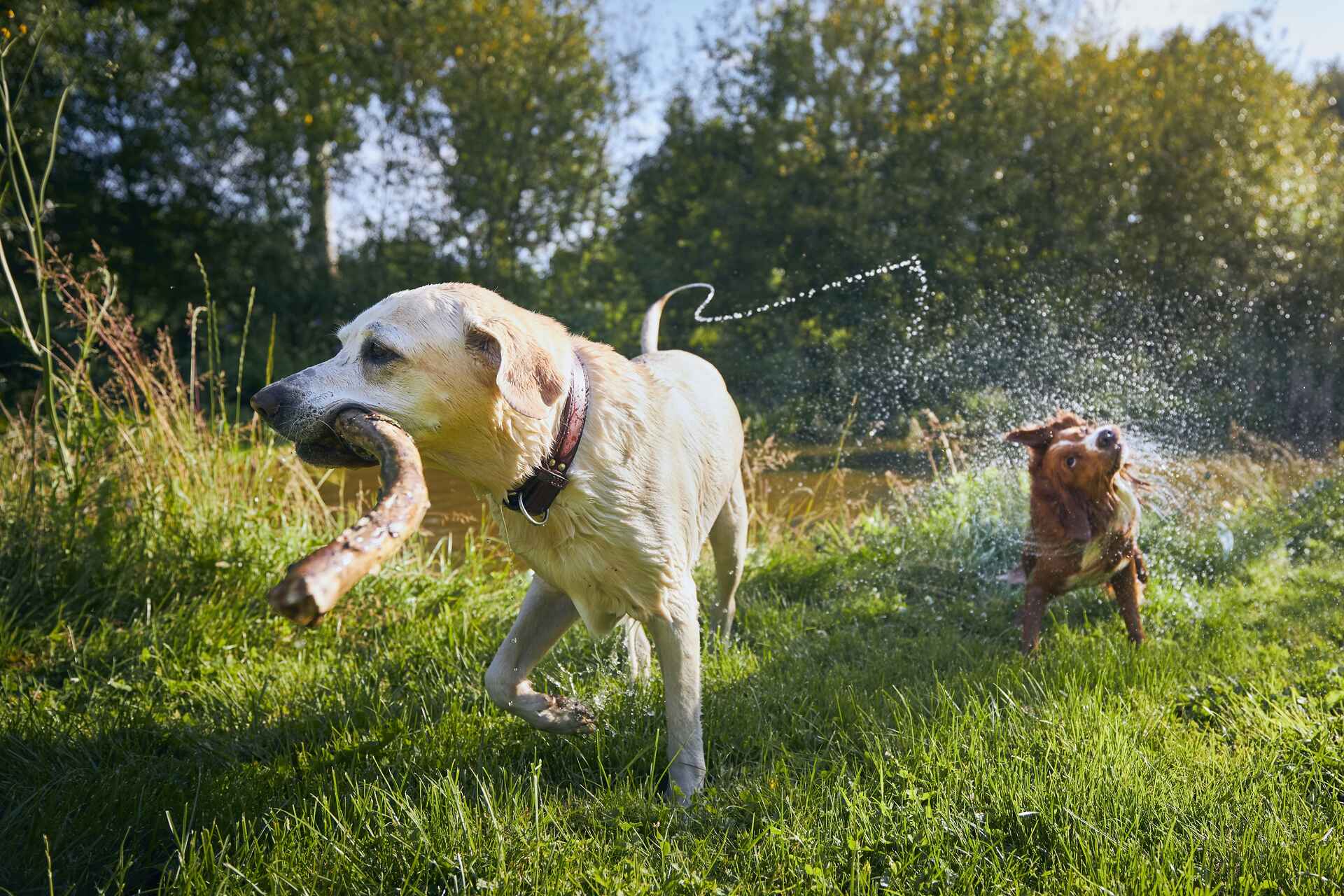
💡Figuring out your dog’s favorite hangout spots can help you figure out if they’re likely to wander into any areas containing pesticide.
Which, of course, you could do by hovering over your buddy 24/7 – or letting your trusty Tractive device’s Heat Map & Location History do the work for you.

Meaning, you now have a 24-hour log of where your dog’s spent the most time throughout the day. (365 days on a Premium subscription.)
Which can help you figure out if your buddy’s been venturing a bit too close to that patch of Roundup-sprayed woodland nearby…or where to look first in case your dog goes missing.
All of which can help prevent a poisoning emergency – and an expensive, thoroughly avoidable visit to the vet.
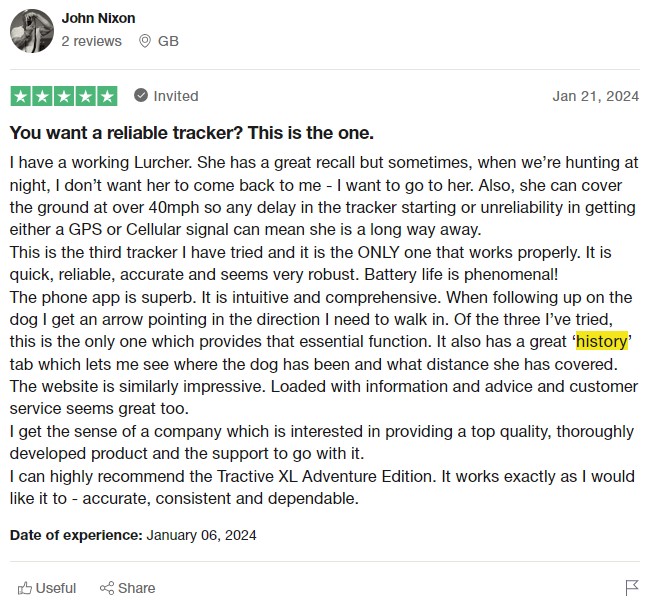
What are the most common dog poisoning symptoms?
If you suspect your buddy’s eaten, chewed, licked, or just come in contact with something potentially toxic, watch out for these signs:
- Vomiting (including blood in their vomit)
- Dehydration – which can look like drinking a lot of water
- Ulcers in their mouth – which might turn up as a lack of appetite
- Breathing problems
In more serious cases, poisoning can even lead to heart problems, liver and/or kidney failure.
What should I do if my dog is poisoned?
While it’s important you respond as quickly as possible, do your best not to panic. Rather,
- Get in touch with your vet ASAP – even if your dog seems fine. Sometimes, even if poisoned, an animal may appear normal for several hours or even days.
- Before bringing your dog to the vet, take the time to safely collect any material involved. This may be of great help to your vet to determine what poison or poisons are involved. It’s a good idea to collect any material your pet may have vomited or chewed in a plastic bag.
- And last but not least, do not try to make your dog vomit unless instructed to do so by your vet.
Here are a couple of emergency numbers for animal poisoning control, depending on where you’re based:
| Country | Animal poisoning emergency hotline |
| US | 888-426-4435 |
| UK | 01202 509000 |
| Canada | 855-764-7661 |
| Australia | 1300 869 738 |
| New Zealand | 0800 869 738 |
Poison-proof your space like a pro – and keep your buddy safe & healthy for good
Prevention goes way further than dragging your sick dog to a vet. So when it comes to protecting against what is toxic to dogs, you’re best off keeping an eye out for:
- Human foods, including chocolate, yeast, bread dough, brewed coffee, onions, grapes, raisins, and mushrooms. All of which can poison your dog, but which you can avoid by monitoring every morsel that goes in their mouths. (Whether indoors from your kitchen, your housemates and guests, or outdoors from the sidewalk.)
- Beverages, including cocktails and wine.
- Over the counter medications, including Tylenol, Vitamin D3, Advil, Ibuprofen, and other prescription meds. Keep these well out of reach from your buddy by locking them in high cabinets they can’t access.
- Plants, including those in your garden, indoors, and outdoors on walks and runs. Some plants that are toxic to dogs include tulips, daffodils, and azaleas.
- Pesticides, including weed killer, snail bait, and insecticides. Which you’re likely to run into both in your backyard as well as your neighbors’.
- Other common household items, like art supplies (including paint) and cleaning supplies.
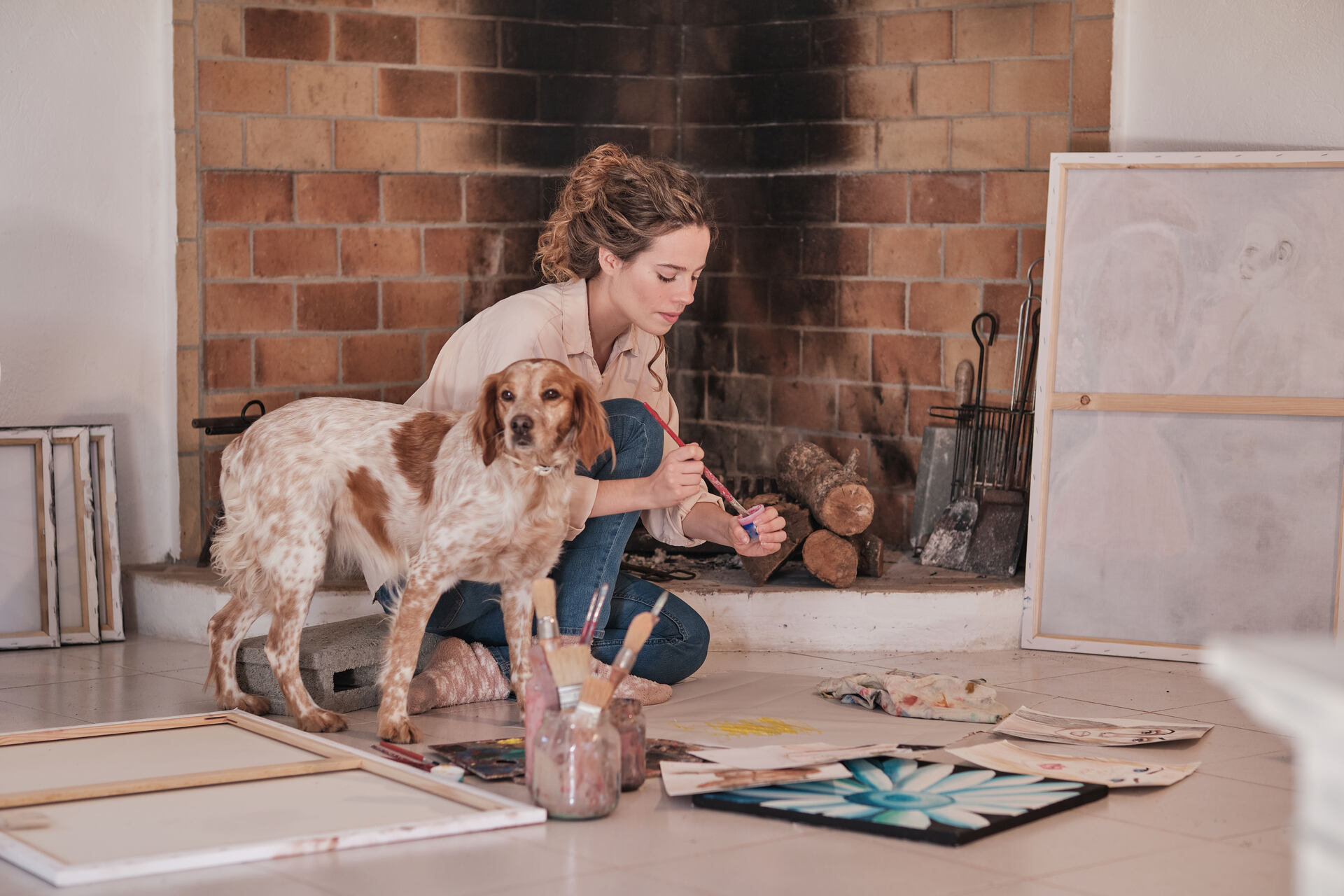
Now as a responsible dog parent, you’re in charge of keeping them well clear of these toxic substances. But in the worst case scenario, make sure to get in touch with your vet right away – so you can prevent a health emergency down the line.
💡And by tracking where your dog’s off wandering throughout the day – like with a GPS tracker – you can:
- Figure out if they’re heading to any spots around town where they might run into pesticides – or get fed something toxic, entirely by accident
- Know where to look first if your dog goes missing – by tracking them in real-time over an unlimited range
- Warn other pet parents of “danger zones” in your area – especially those with poisonous plants, poison bait, animal traps, or anything you’d rather your dog stays out of contact with.
All this on one device – built with love for dogs and for your peace of mind as a dog parent.
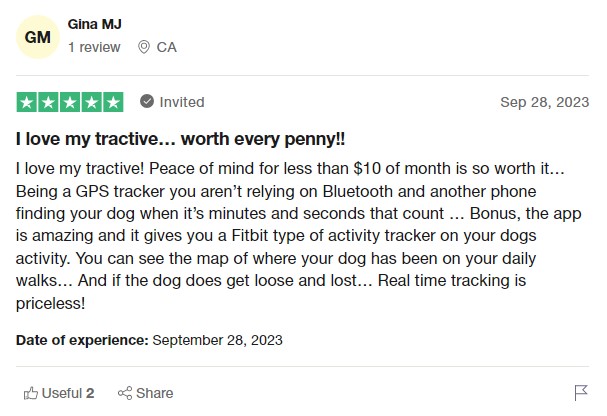
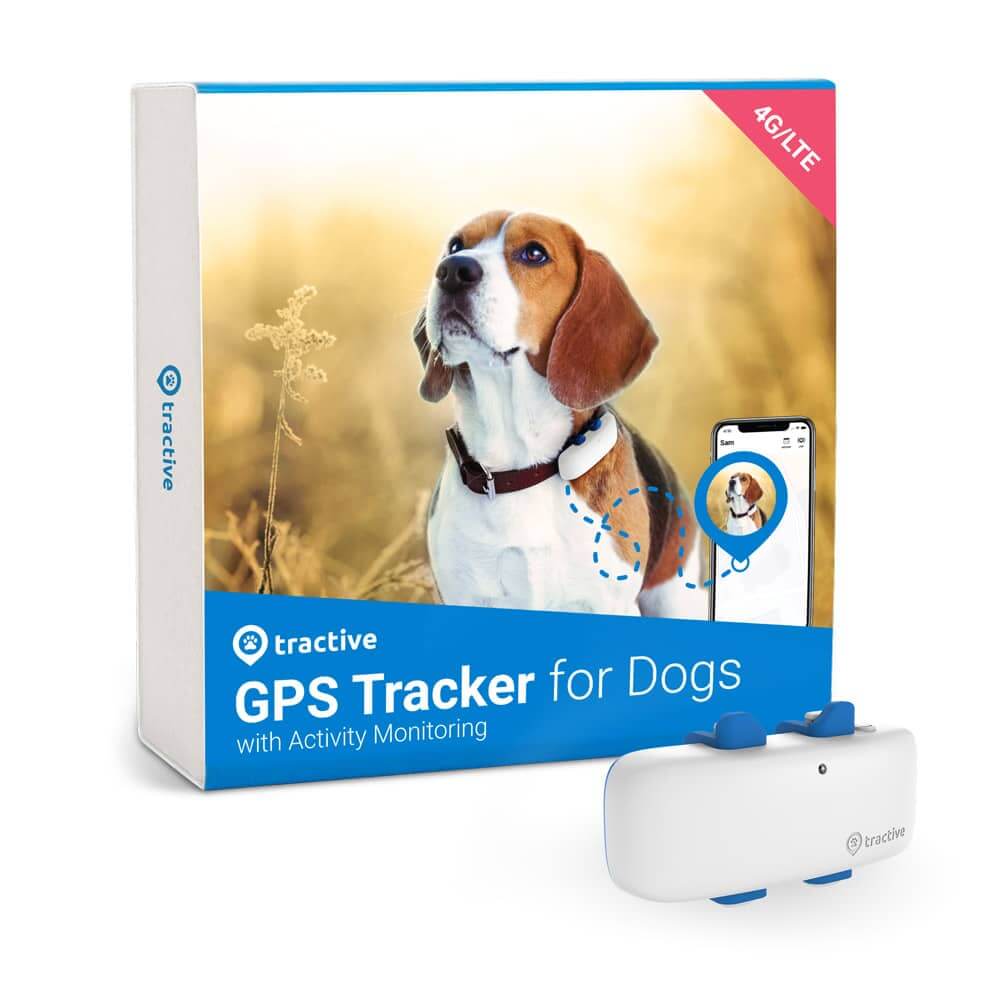
Always know where your dog is
Follow every step in real-time with unlimited range. Get alerts if they wander too far. Keep them happy & healthy with Wellness Monitoring. And let others – like walkers or sitters – keep an eye on your dog too.
Here’s Australia Wide First Aid covering some of the symptoms and causes of poisoning in dogs – and how to treat it:
And if you’ve liked this post, share it with a friend or a loved one – and let’s help build a safer, kinder world for our furry friends together.

